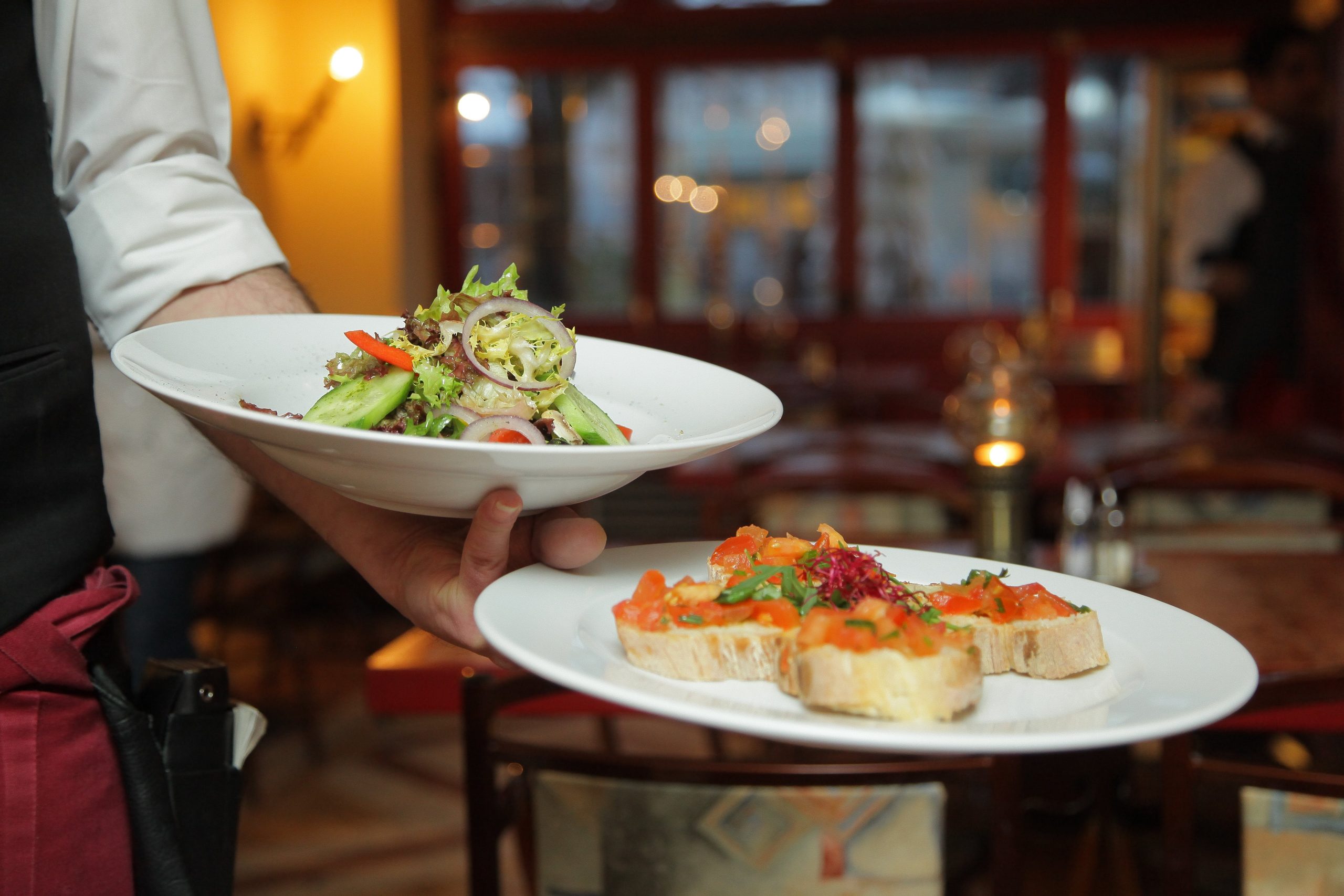Restaurant Industry Trends 2024: Navigating Challenges, Boosting Sales, and Enhancing Guest Experiences

Insights from Restaurant Management and Planning
The restaurant industry is a dynamic and ever-evolving sector that constantly adapts to changing consumer preferences, economic conditions, and global events. As we step into 2024, it’s crucial for restaurant owners, operators, and management to stay ahead of the curve, anticipating trends and making informed decisions to ensure sustained success.
The food industry took a major hit during the coronavirus pandemic, with many restaurants being forced to close or pivot their business models. However, preliminary data from the National Restaurant Association shows that the restaurant industry has largely bounced back to pre-pandemic levels.
According to a recent survey from the National Restaurant Association, the top challenge for restaurants is staffing, with 6 in 10 operators saying it is their biggest obstacle. This is likely due to ongoing labor shortages and high employee quit rates. To attract and retain talent, many restaurants are looking at increasing wages and benefits.

Restaurant Employment Trends
Recent data from the National Restaurant Association paints a positive picture for the restaurant industry economy in 2024. The association projects that the restaurant and foodservice industry will reach $1.1 trillion in sales this year, surpassing pre-pandemic levels. Restaurant job growth is also making a comeback, with the industry projected to add 400,000 jobs, putting employment above pre-pandemic peaks. You can already start checking the restaurant vacancies on Jooble.
While job growth looks positive, hiring challenges persist for many operators. Restaurants are getting creative by raising wages, adding benefits, using technology to improve efficiency, and looking at new talent pools to fill openings. Maintaining adequate staffing levels will be key to meeting rising consumer demand in 2024.
Understanding the Restaurant Guest
In the highly competitive restaurant landscape, understanding the restaurant guest is crucial for tailoring experiences that keep customers coming back. From menu choices to guest feedback, the dining experience extends beyond the food served. Real-time insights into consumer behavior and preferences can guide menu development and enhance overall satisfaction.
Restaurant Consumer Statistics Overview
Recent consumer data provides valuable insights into shifting preferences and demands within the restaurant industry. For starters, consumer spending at restaurants continues to rise. Spending at foodservice establishments rose 7.2% in 2022 over the prior year according to Bureau of Economic Analysis data, showcasing customers’ willingness to spend on dining experiences.
At the same time, off-premise dining remains stickier than some anticipated. According to NPD Group data, around half of restaurant meals were consumed off-premise in 2022, higher than the 33% average prior to the pandemic. This showcases that convenience factors remain important to many guests.
Consumer research also finds that diners increasingly expect great value for their money when dining out. Perks like loyalty programs and discounts are becoming deal breakers for budget-conscious diners. Understanding the motivations driving guests today can help restaurants attract, satisfy and retain patrons moving forward.
Restaurant Food Trends
Consumer survey data provides insights into upcoming food trends that restaurants should consider when menu planning. Plant-based options remain on the rise, with 71% of consumers saying they eat plant-forward meals weekly according to OnePoll survey data. Integrating creative takes on vegetarian and vegan fare can help restaurants attract health-conscious diners. Restaurants are ofter hiring food taster specialists to try new menu items and provide feedback before rollout.

Regional and ethnic flavors are also increasingly in demand, according to Technomic consumer data. Sixty percent of consumers say they would like to see more ethic food choices at restaurants, especially Thai, Korean and African cuisine.
Understanding food and flavor trends can help restaurants cater to shifting preferences. However, classic comfort foods and indulgent favorites remain staples. Balancing creativity and consistency will be key for menu planning success.
In conclusion, the restaurant industry’s resilience and adaptability shine as it emerges from the challenges of the pandemic. With a rebound to pre-pandemic levels, 2024 presents opportunities and obstacles. Staffing concerns persist, prompting innovative solutions from wage adjustments to technological integration. The industry’s projected $1.1 trillion in sales and the addition of 400,000 jobs signal positive economic trends. Understanding the modern diner, who values convenience, great value, and diverse culinary experiences, is pivotal. As plant-based and ethnic food trends gain traction, restaurants must balance creativity and consistency to cater to evolving preferences. Navigating these trends strategically positions restaurants for success in the dynamic landscape of 2024.


Leave a comment